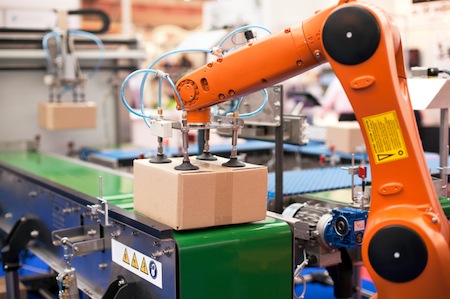Fastening Systems - A Quick Guide to Fasteners
Mechanical fasteners, like aluminum fasteners as an example, are used to provide a clamping force in between two pieces of material. There are a lot of types of fasteners and the materials used to make them are varied as well. Examples of these are special purpose fasteners, threaded fasteners and non-threaded fasteners. The most popularly used fastener us made out of aluminum alloy even though nickel, brass aluminum alloys are some of the materials used. It's considered that nickel fasteners have a disadvantage with aluminum fasteners because aluminum fasteners are lighter, non magnetic and corrosion resistant. The nickel fasteners' advantage is that it is stronger and can resist higher temperatures.
Picking out a fastener is highly dependent on many factors:
Environment - your environment is a huge factor on what type of faster you ought to use. What kind of temperature do you have? Do you have a low, normal or high temperature? Is the environment corrosive, oxidizing or even abrasive? What is the condition of the environment exactly?
The nature of loading a fastener - tension, shear, cyclic, compression, impact.
Requirements in terms of life and service - will the monel fasteners be assembled and disassembled frequently?
Types of materials and its design components - another factor is the properties of the material. Does thermal properties exist in it? Is the property elastic or plastic? What is the stress concentration?
For threaded fasteners, the torque is the force applied and the force responsible for holding the two pieces of material together. Because the fastener is in tension, the 2 pieces of material are held together in compression. One example of this kind of fastener is bolts mated with nuts and socked head cap screws with threads in the material The minimum to maximum proof strength of lo roe medium carbon steel have a proof strength of about 225 to 400 Pa. On the other hand, the tempered and quenched mediumcarbon bolts have a minimum proof stress of 600 to 650 MPa. Tempered and quenched alloy steel have about 970 MPa. For materials that need dismounting, threaded fasteners are very useful in joining these two components.
Rivets, nails, eyelets and pins are some of the examples of non-threaded fasteners. For joining similar or dissimilar, whether they be both non-metallic or metallic, rivets are used to give permanent joints.
Whether they be tubular or solid forms, pins are widely used for fastening. Taper pins are also utilized to join the wheels to the ends of the shaft. Taper pins can be supplied in alloy steel or mild steel, brass or stainless steel. Another form of pin is a split copper pin.
There are also different forms of spring retaining clips. A C-clip is one of the clips used to lock components unto the shafts. The C-clips are made if tempered and hardened carbon steel. Read http://www.huffingtonpost.com/news/american-manufacturing/ for the latest manufacturing news.
